Rising Healthcare Expenditure
The upward trend in healthcare expenditure is contributing to the growth of the Foxfordyce Disease Treatment Market. As individuals allocate more resources towards health and wellness, there is a corresponding increase in demand for specialized treatments. This trend is particularly evident in regions where healthcare systems are evolving to provide better access to dermatological care. Increased funding for research initiatives and treatment facilities is likely to enhance the availability of effective therapies for Foxfordyce disease. Consequently, this financial commitment may stimulate innovation and competition among pharmaceutical companies, ultimately benefiting patients seeking treatment.
Advancements in Dermatological Research
Innovations in dermatological research are propelling the Foxfordyce Disease Treatment Market forward. Recent advancements in understanding the pathophysiology of Foxfordyce disease have opened new avenues for treatment options. Researchers are exploring various therapeutic modalities, including topical treatments and laser therapies, which may offer improved outcomes for patients. The potential for novel drug formulations and delivery systems is also being investigated, which could enhance the efficacy of existing treatments. As the scientific community continues to unravel the complexities of this condition, the market is likely to witness a surge in new product launches, catering to the diverse needs of patients suffering from Foxfordyce disease.
Increasing Prevalence of Foxfordyce Disease
The rising incidence of Foxfordyce disease appears to be a significant driver for the Foxfordyce Disease Treatment Market. Recent studies indicate that the condition, characterized by the appearance of small, painless bumps on the skin, is becoming more frequently diagnosed among adolescents and young adults. This increase in prevalence may be attributed to heightened awareness and improved diagnostic techniques. As more individuals seek treatment, the demand for effective therapeutic options is likely to grow, thereby expanding the market. Furthermore, the estimated prevalence rate of Foxfordyce disease suggests that a considerable portion of the population may require medical intervention, which could lead to increased investment in research and development of targeted therapies.
Enhanced Patient Education and Awareness Programs
The implementation of enhanced patient education and awareness programs is playing a crucial role in the Foxfordyce Disease Treatment Market. These initiatives aim to inform patients about the condition, its symptoms, and available treatment options. By increasing awareness, healthcare providers can facilitate earlier diagnosis and intervention, which may lead to better patient outcomes. Furthermore, educational campaigns can empower patients to seek treatment proactively, thereby driving demand for therapeutic solutions. As awareness levels rise, the market is likely to experience growth, with more individuals seeking effective management strategies for Foxfordyce disease.
Growing Demand for Non-Invasive Treatment Options
The increasing preference for non-invasive treatment options is shaping the Foxfordyce Disease Treatment Market. Patients are increasingly seeking alternatives to surgical interventions, favoring therapies that minimize discomfort and recovery time. Non-invasive procedures, such as cryotherapy and chemical peels, are gaining traction due to their effectiveness and lower risk profiles. This shift in patient preference is prompting healthcare providers to adapt their treatment protocols, thereby influencing market dynamics. As a result, manufacturers are likely to focus on developing and marketing non-invasive solutions, which could lead to a more competitive landscape within the Foxfordyce Disease Treatment Market.


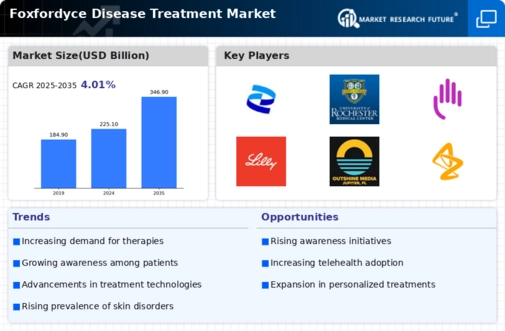
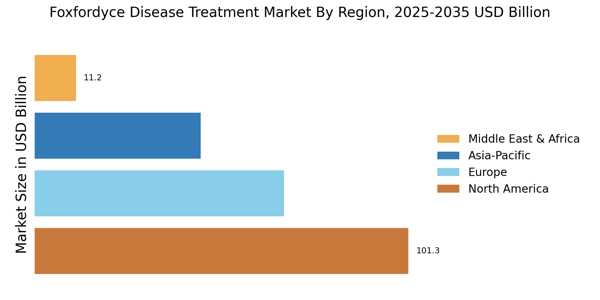
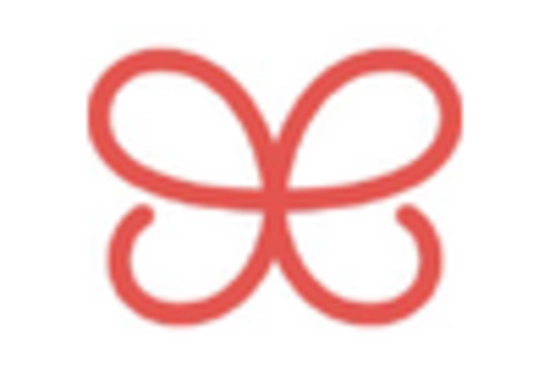
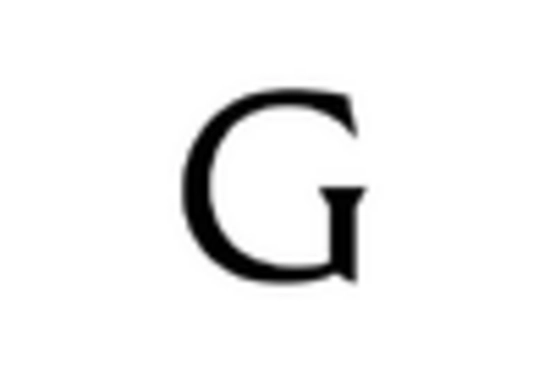
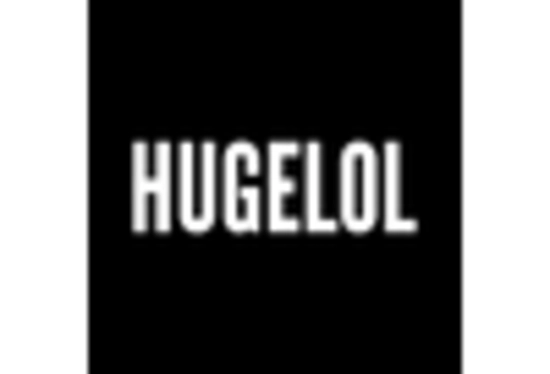
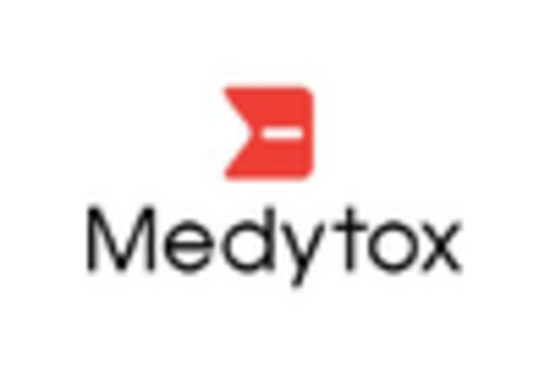
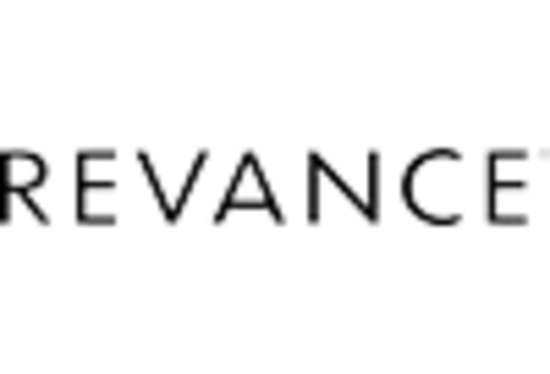
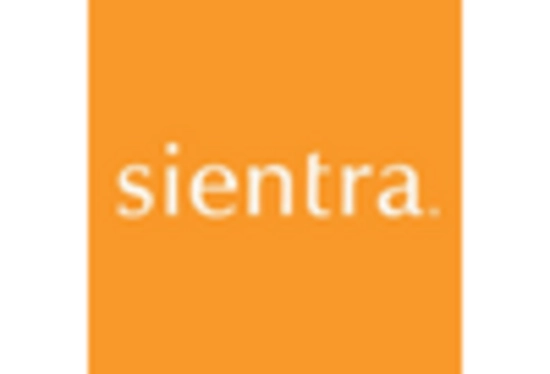








Leave a Comment